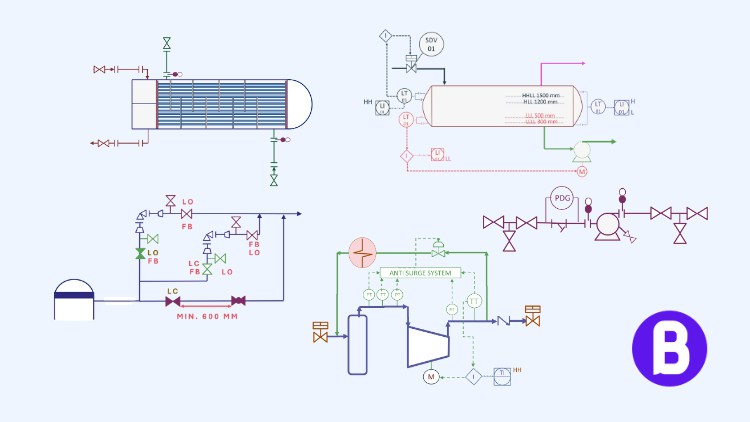جمع جزء: 3,213,000 تومان
- × 1 عدد: فیلم آموزش Cisco CCNA Cyber Ops 210-250 SECFND - 189,000 تومان
- × 1 عدد: BGP for the Enterprise - 189,000 تومان
- × 1 عدد: آموزش ساخت کارت های هدیه سه بعدی - 189,000 تومان
- × 1 عدد: آموزش AI برای برنامه نویسان .NET - 189,000 تومان
- × 1 عدد: آموزش مدل سازی سه بعدی برای تولید فیلم ، بازی و انیمیشن ها - 189,000 تومان
- × 1 عدد: Basic Settle 3D Foundations - 189,000 تومان
- × 1 عدد: دوره کار با امکانات Phat FX و Remix FX در نرم افزار Logic Pro - 189,000 تومان
- × 1 عدد: مدیریت نمایه سازی ( ایندکس گذاری ) در Azure Cognitive Search - 189,000 تومان
- × 1 عدد: Adobe XD برای طراحان - 189,000 تومان
- × 1 عدد: آموزش کار با نرم افزار PlanGrid : ویژه ترسیم ساختمان ها - 189,000 تومان
- × 1 عدد: Substation Power Engineering Fundamentals - 189,000 تومان
- × 1 عدد: Extending the Unity Editor with Custom Tools - Crash Course - 189,000 تومان
- × 1 عدد: آموزش مدل سازی آماری و داده ها بوسیله AWS Machine Learning - 189,000 تومان
- × 1 عدد: SC-900 Training: Microsoft Certified: Security, Compliance, and Identity Fundamentals - 189,000 تومان
- × 1 عدد: اسکریپت نویسی عملی برای Windows PowerShell - 189,000 تومان
- × 1 عدد: اصول امنیت شبکه ویندوز - 189,000 تومان
- × 1 عدد: Internal Audit of Purchasing Masterclass - 189,000 تومان








